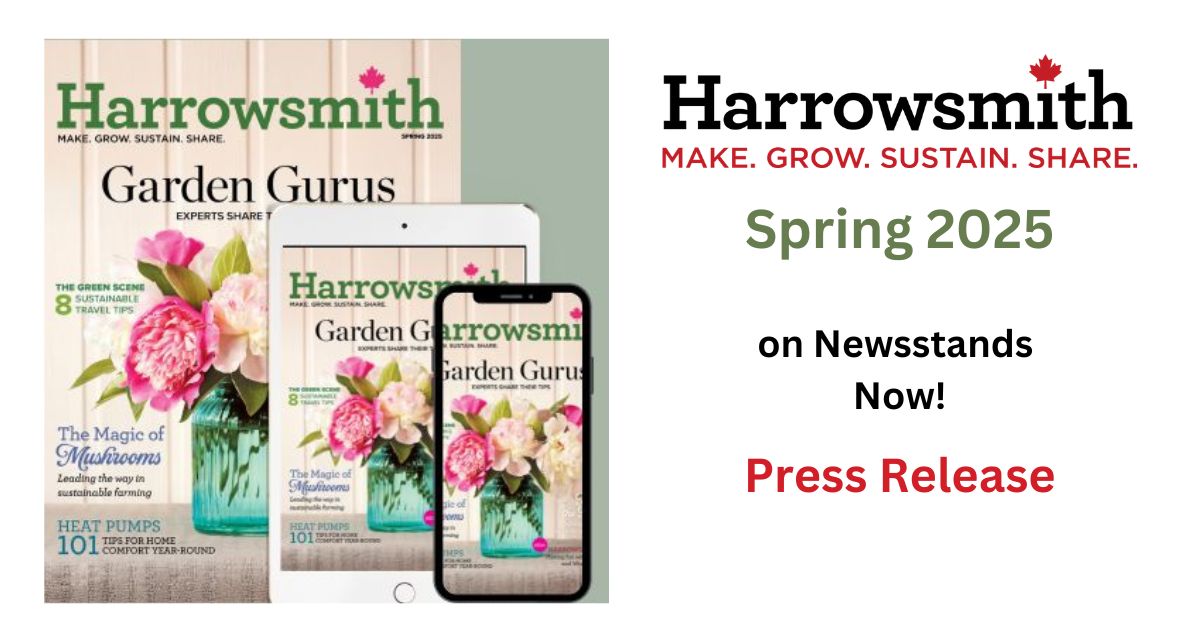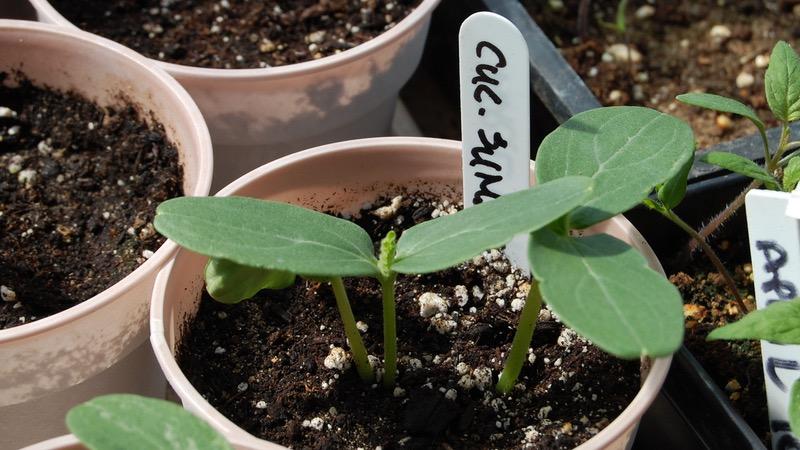Ready to party? How to start plants from seed
Transplanting seedlings is a great way to get your garden started. If you grow your own transplants from seed, then you’ll save money and you’ll feel great having started the process from scratch.
We like to think about it like a party! And just like a regular party, you need to gather and prepare a few things ahead of time. According to Margaret of gardenmanager.com, make sure you:
- pre-invite your guests (stock up on fresh seeds of the plants you want to grow)
- prepare the food (seed starting mix, or soil for planting your seeds in)
- get drinks (water)
- have enough space for everyone to be comfortable (get suitable growing containers).
Let’s dive into our plant party preparation!

Preparing the food
Use a seed starting mix when planting. According to Margaret, “These mixes don’t contain any soil, but they do create a perfect environment for your seeds to sprout in.” Seed starting mix provides a good balance between drainage and water-retention, which is essential for your newly planted seeds and future seedlings. If you decide to use soil instead, try to avoid using garden soil if possible, as it often doesn’t drain well and could contain disease spores.
Preparing the venue
Next, make sure your containers have drainage holes. It’s easy to buy containers for growing transplants from seed, but it’s even easier to reuse things from around the house – good for your budget and the environment! Rinsed-out yogurt containers and egg cartons work especially well, because they’re small and often come in multiples. If you choose to reuse, just be sure to poke holes in the bottoms of your containers.
Once they have drainage holes, you can add your starting mix.
Welcome your guests
Before putting your seeds into the starting mix, check your seed packaging for instructions on how deep each type of seed should be planted. If there’s nothing specified, don’t panic. “A general rule of thumb is that you should plant a seed 2-3 times as deep as the seed is wide,” Margaret tells us.
Serve the drinks
Your newly planted seeds deserve a drink – moving can be stressful! Margaret suggests “Watering from below. This will help you avoid disturbing seeds and compacting the soil.” Simply place your planted seed containers onto a tray of water, with their bottoms slightly submerged. Your goal is to let the soil or seed starting mix (and eventually your seedlings’ roots) absorb the water through the drainage holes at the bottom of the pots. If watering from below isn’t possible, no problem – use a mister to dampen the soil or starting mix, instead of just pouring water onto the surface.
Time to party!
After sowing and watering your seeds, set your containers in a warm location and let them do their thing. If you can, use a plant heating pad to help your seeds get ready to sprout. “If you don’t have one, then the top of your fridge works surprisingly well as an alternative!”

Keep your guests happy
Check on your seeds daily to keep the soil mixture moist, but not saturated; think of each container’s mixture as a damp sponge..
Once your seedlings pop-up, place your pots in a bright location. If you can, hang fluorescent grow lighting above and close to the seedlings for best results
Although not as effective as fluorescent lights, a bright, sunny window is your next best option, and you can even build a makeshift light box to help things along. Simply place an upright sheet of reflective tinfoil along the outside of the seed tray, on the side opposite the window. This will help to reflect daylight onto the darker side of the plant. Either way, if you’re growing your seedlings near a window, rotate your pots daily so that your plants grow upright rather than leaning toward the light.
“To help your seedlings get nice and strong, try putting a fan on them!” suggests Margaret. Moving and swaying in the breeze helps plants develop strong stems. Nature usually takes care of this when plants are growing outside, but indoors, try turning a fan on your plants for 5-10 minutes, twice a day.

Party’s over – time to go home
It’s sometimes tricky to know when your seedlings are ready to be transplanted into the garden.
To help you know which plants do better when planted directly into the soil vs. as a transplant, GardenManager.com has created a simple guide you can download for free at www.gardenmanager.com/tsguide.
Margaret is the founder of GardenManager.com, an Agtech start-up combining computer science with plant science to help people easily and affordably grow food. Margaret fell in love with growing her own food 5 years ago - and now, she's on a mission to empower others to grow fresh food just steps from their kitchen. Her favourite vegetable to grow? Brussels sprouts!













